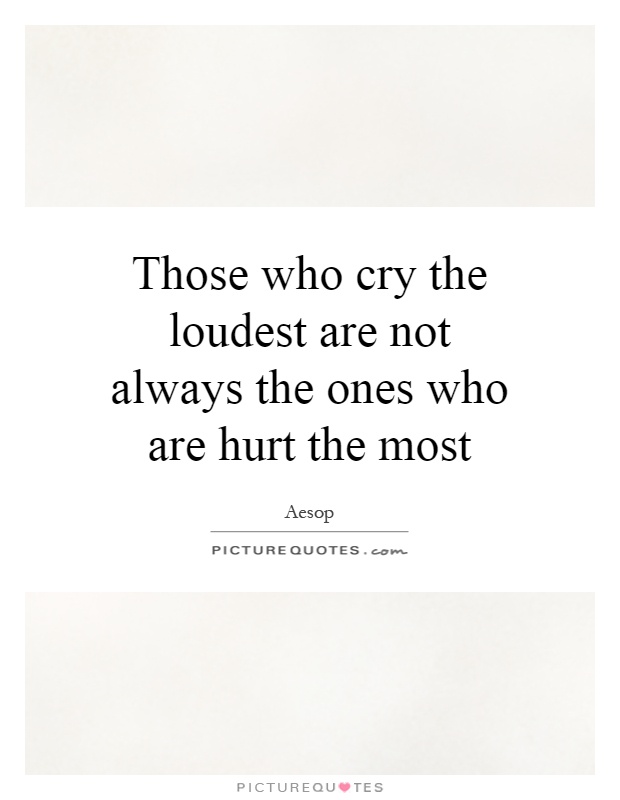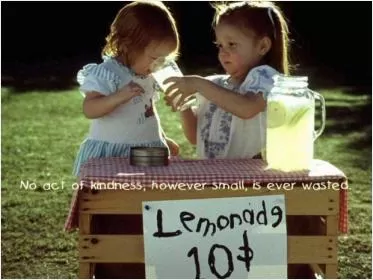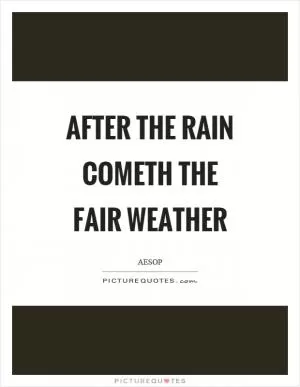Those who cry the loudest are not always the ones who are hurt the most

Those who cry the loudest are not always the ones who are hurt the most
In the world of Aesop's fables, the saying "those who cry the loudest are not always the ones who are hurt the most" holds true in many instances. Aesop's fables are known for their moral lessons and timeless wisdom, often teaching readers about the complexities of human nature and the importance of looking beyond appearances.One of the most famous fables that exemplifies this saying is "The Boy Who Cried Wolf." In this story, a young shepherd boy repeatedly cries out that a wolf is attacking his flock, causing the villagers to come running to his aid. However, it is soon revealed that the boy was lying each time, simply seeking attention and amusement. When a real wolf finally does appear and the boy cries out for help, the villagers do not believe him and the wolf devours his flock. In this fable, the boy's loud cries for help ultimately lead to his downfall, as his deceitful actions erode the trust of those around him.
Similarly, in the fable of "The Fox and the Grapes," a hungry fox tries in vain to reach a bunch of grapes hanging high on a vine. After several failed attempts, the fox gives up and declares that the grapes are probably sour anyway. The fox's loud protests and dismissive attitude towards the grapes reveal his true feelings of disappointment and frustration. In this fable, the fox's outward display of indifference masks his inner hurt and disappointment at not being able to reach the grapes.
These fables serve as cautionary tales, reminding readers that appearances can be deceiving and that those who cry the loudest may not always be the ones who are truly hurt the most. It is important to look beyond the surface and consider the motivations and intentions behind someone's actions before passing judgment. Aesop's fables continue to resonate with readers of all ages, offering valuable lessons about human behavior and the consequences of our actions.












 Friendship Quotes
Friendship Quotes Love Quotes
Love Quotes Life Quotes
Life Quotes Funny Quotes
Funny Quotes Motivational Quotes
Motivational Quotes Inspirational Quotes
Inspirational Quotes